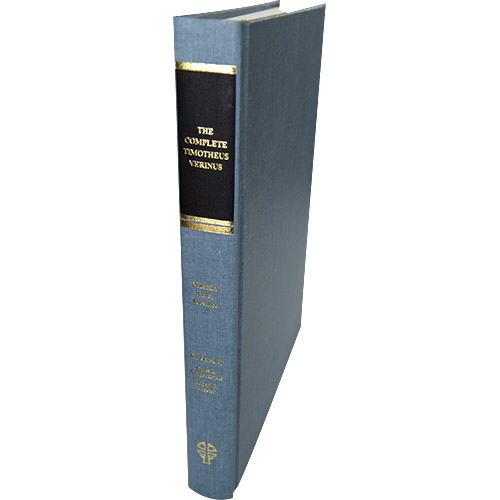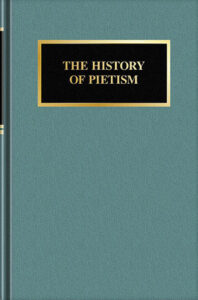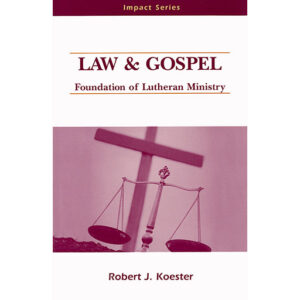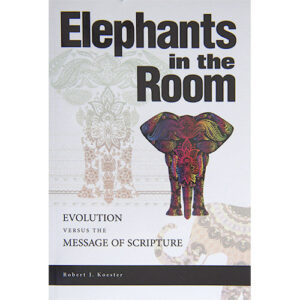The Complete Timotheus Verinus was translated with the encouragement of Professor E. C. Fredrich (1917-1995), who considered it a valuable resource for understanding the history of the German Lutheran church and the Pietist movement. Part One was translated by Rev. James Langebartels, and Part Two was translated by Robert Koester.
A note about the rather strange title of this book. In the early 1700s, Valentine Loescher began the first theological journal ever published, the Innocent News. The journal contained many book reviews as well as comments about things going on in the religious world of the day. It contained a column called “Timotheus Verinus.” In this column Valentin Loescher evaluated the budding Pietist movement. His goal was to describe what made for a faithful ministry of the Word in contrast to the kind of ministry many Pietists were conducting. Pastors should be like Paul’s coworker Timothy (Timotheus), faithful (Verinus) to the gospel message.
As the movement intensified, Loescher assembled his “Faithful Timothy” columns into a single work: The Complete Faithful Timothy. It’s as if the famous “Dear Abby” advice column were assembled into a book and titled: The Complete Dear Abby. The Pietists responded to Part One (1717), which elicited Loescher’s reply published in 1722 that we refer to as Part Two.
This is the only comprehensive analysis of Pietism by a contemporary of the movement. It is not what one would call an “easy read.” But it will put you in the thick of the controversy.
Related Books








